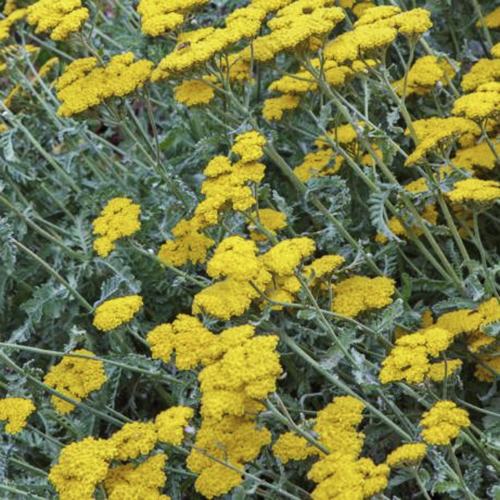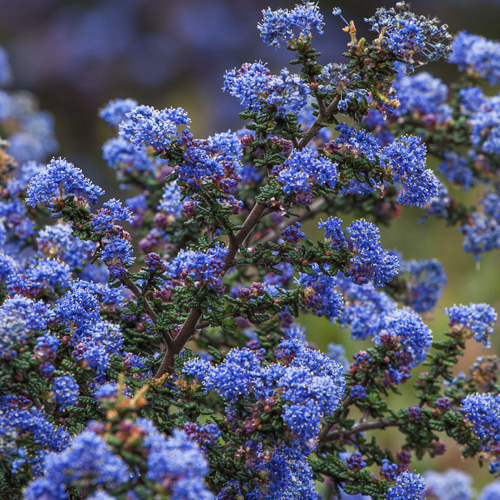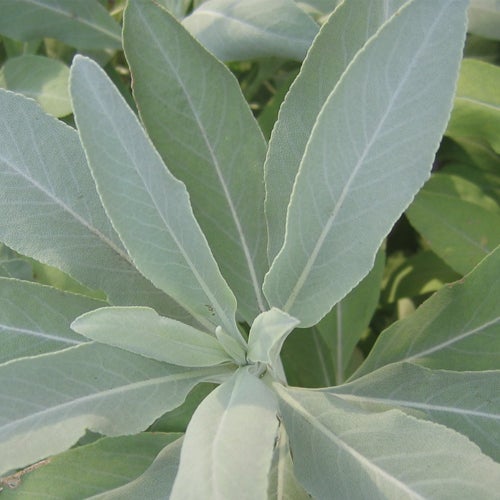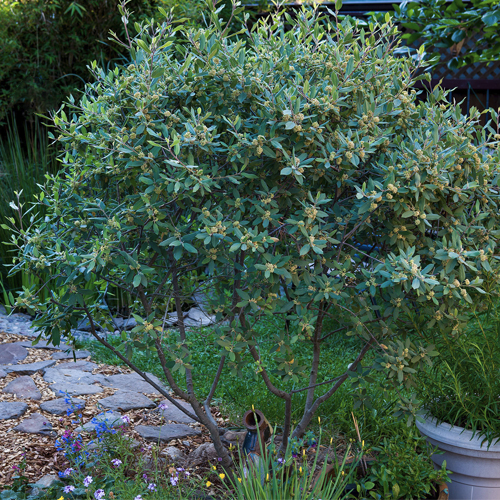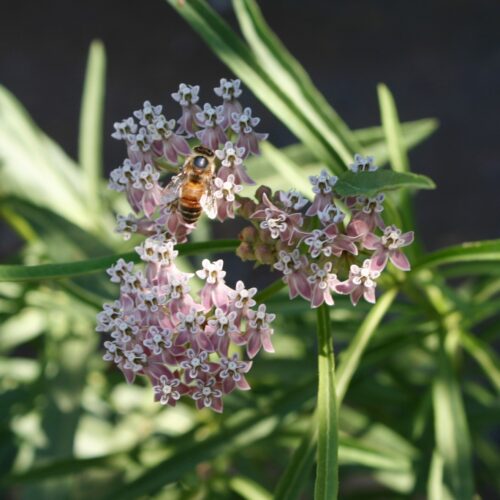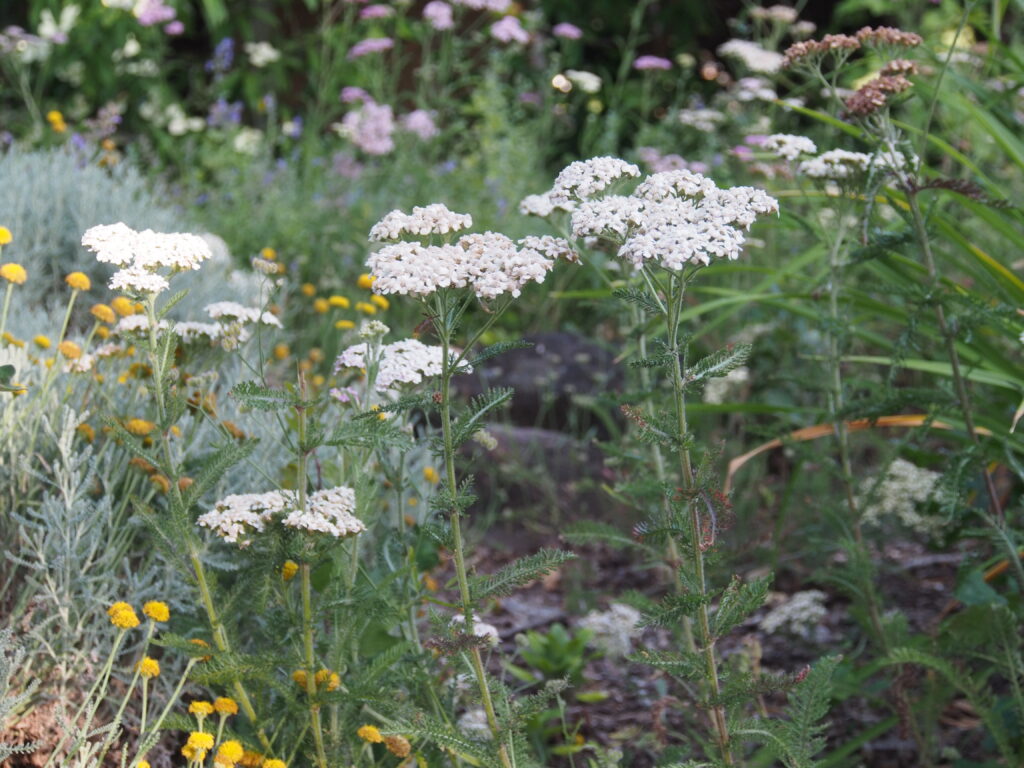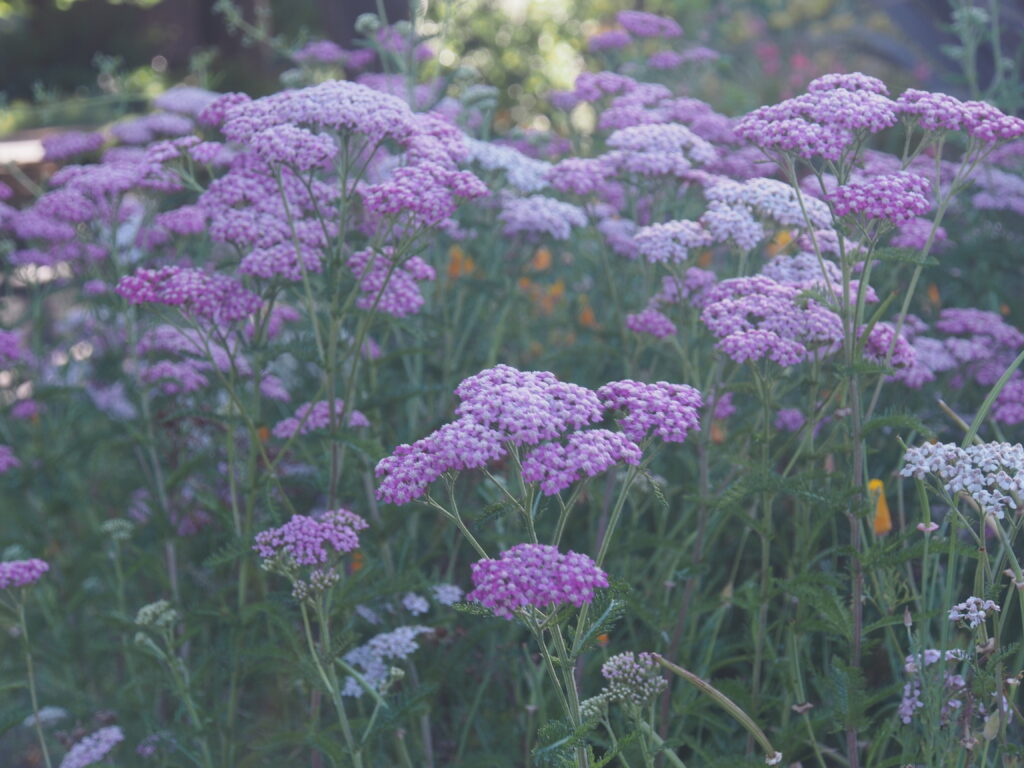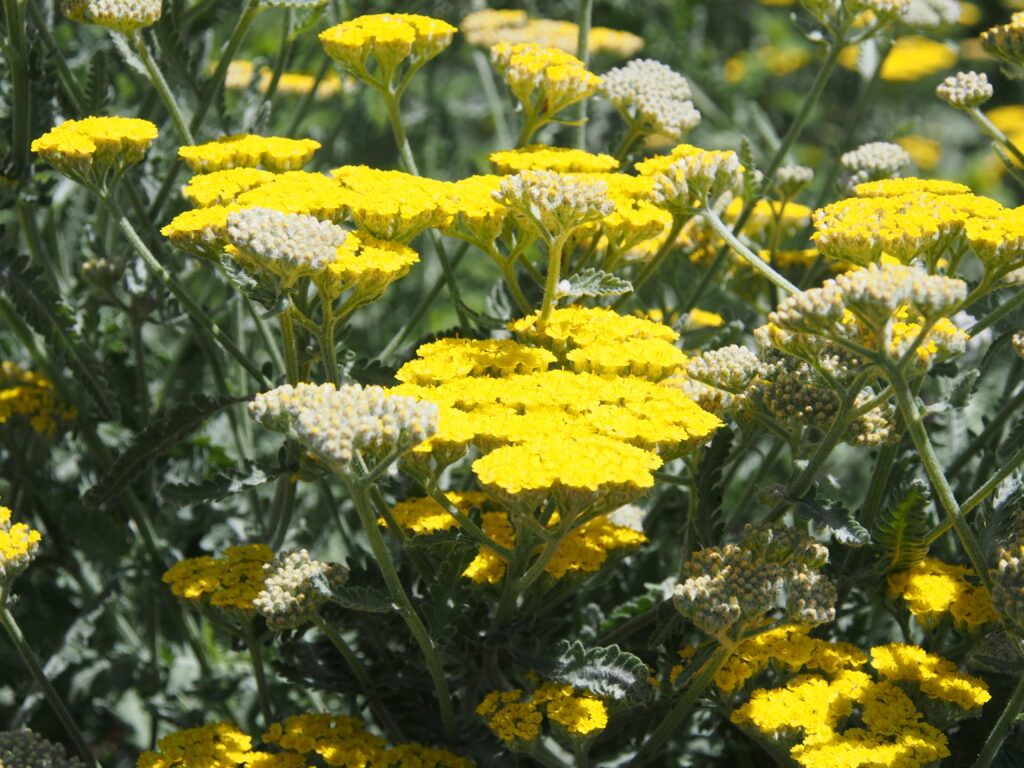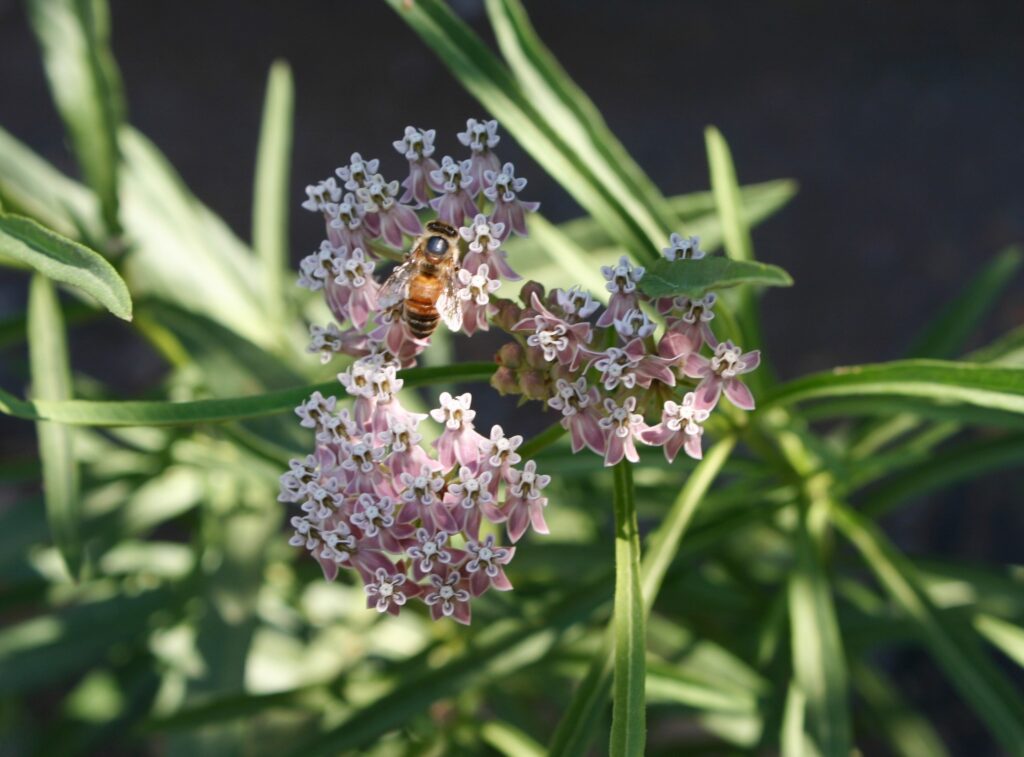Windsor Town Green Community Garden
BACK TO FULL TOUR
Garden Features
Edible Garden
Graywater System
California Natives
Deer Resistant
Drip Irrigation
Pesticide Free
Rainwater Harvesting System
Smart Irrigation Controller
Wildlife Habitat
Partner: Town of Windsor
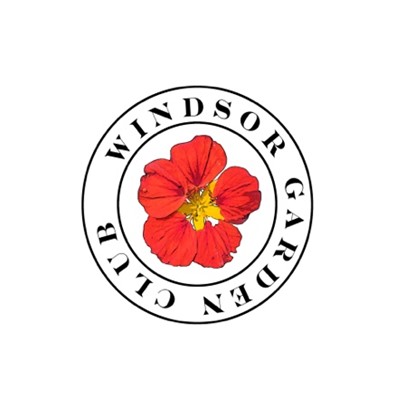
The Windsor Town Green Community Garden is a joint project.
The Town of Windsor, which owns the land, and the Windsor Garden Club, a non-profit 501(c) 3 organization, which operates and manages the garden as a benefit for the town and the environment, came together to utilize this space.
The Organic Garden
The organic garden sits on roughly an acre on the corner of Windsor Road and Joe Rodota Drive, across from the Town Hall complex. The land belongs to the Town of Windsor and is leased by Windsor Garden Club. The town provides the irrigation system for the community garden, but the Windsor Garden Club pays the town for its water use. The garden currently offers 72 raised garden beds of varying sizes, 22 of them currently provided at no cost to low-income, largely Latino Windsor residents. Those no-cost beds are paid for through donations from local businesses or citizens, who then “sponsor” the no-cost bed. Currently, approximately 110 individuals in 22 families are able to grow their own produce in their garden beds. In addition, Three garden beds are provided to the local Windsor Service Alliance at a discounted rate and used to provide produce to the local food bank. The remaining 50 raised garden beds are rented to Windsor Residents for each calendar year at varying fees based on size. Gardeners put in 6 hours per year of volunteer work maintaining the common areas.
About The Garden:
How it Started
The garden started as an idea of the newly-formed Windsor Garden Club in 2009. The club had 10 members and the garden itself was bare, un-landscaped land. The club was eager to start a community garden, and founding president and landscape architect Thomas Eddy along with club members, worked out the details with the Town of Windsor. Since its 2010 groundbreaking, the community garden has enjoyed exceptional support from the Town of Windsor, its Parks and Recreation District, and Town Council members.
Benefits to the Community
The garden is a bustling place with all of its beds rented. The garden also offers several community service programs:
- Food Pantry Beds: The Windsor Service Alliance rents three large beds in the community garden. In return, community gardeners plant, tend, harvest and deliver food crops “ordered” by the WSA for the Food Pantry. The community garden grows tomatoes, squash, fava beans, cucumbers and herbs for the WSA, depending on the season.
- Windsor High School Bridges program: WHS Bridges program teachers bring approximately 8 to 10 special needs students to the garden twice each week. Teachers and garden leaders introduce the students to plant and tend seeds, transplant them to the garden, and tend and grow the plants in some areas of the WSA food pantry beds. During the year the students help harvest the food pantry vegetables and herbs, sometimes bringing them to the WSA on the way back to the high school.
- Bee, Butterfly and Bird habitat: The Town Green Community Garden is an organic garden. No commercial pesticides or chemically based fertilizers are allowed. The garden is currently certified as a Monarch Butterfly waystation. It offers feeders for local birds, and is bee-safe and bee-friendly.
- Low-Water Use Garden Examples: The garden features solar power for the irrigation system, a drip irrigation system installed in all beds, and a rainwater storage system capturing roof runoff from its garden sheds. It has served as a backdrop and demonstration location for the UC Master Gardeners program, and regularly serves as a setting for free community programs put on by the Sonoma County Master Gardeners.
- Food Snacking Garden: The common areas of the community garden feature strawberries, asparagus, 10 apple trees, one pear tree, one fig tree, one tangerine tree and one orange tree. The fruit is available for snacking while gardeners and their children are there – as well as the Bridges students. Members are asked to “take some but leave most” of the fruit for fellow gardeners.
Other General Garden Features:
- Permeable disability pathway and permeable mulch pathways.
- Blue Barrel rain catchment from shed roof.
- 12 inch techline drip irrigation with solar panel irrigation timer.
- mandatory mulching with compost and straw.
- Shade cloth for young plants during hot weather.
- Annual education on hand watering and water conservation.
- Water dishes to support habitat.
Native Plants at this Garden:
- Salvia Uliginosa, aka Bog Sage, is a bee magnet. Cut it to the ground in winter, and spade it at the edges to keep it within garden boundaries.
- Asclepias Fascicularis and Speciosa, aka native Narrowleaf Milkweed and Showy Milkweed, are both planted in the garden. The plants are dormant November through April.
- Native California Wildflower mix of California Poppies, Baby Blue-eyes, Lupines, Clarkia, and Tidy Tips are part of our garden borders.
- Achillea varieties, aka Yarrow. We plant the Sonoma Coast and Island Pink varieties
- Salvia varieties
- Verbena Lilicana de la Mina
- Perennial Sunflowers
Town of Windsor Water Conservation Resources:
As a region we are experiencing our third consecutive dry year and remain in a severe drought. The Town of Windsor has adopted a resolution mandating a 20 percent reduction of water use for all residents, businesses, public facilities and schools. We hope that you will join with us in this commitment to conserve and use water efficiently, and that you will find the following water conservation programs, information, and links useful:
- Residential Water Conservation: Find helpful information about indoor and outdoor water saving strategies, rebate incentives for water using appliances, and more.
- Commercial/Business Water Conservation: Information about free business water assessments, water saving equipment incentive programs, and more.
- Town of Windsor Water Shortage Restrictions: To learn more about the Town’s implementation of drought measures and current water supply.
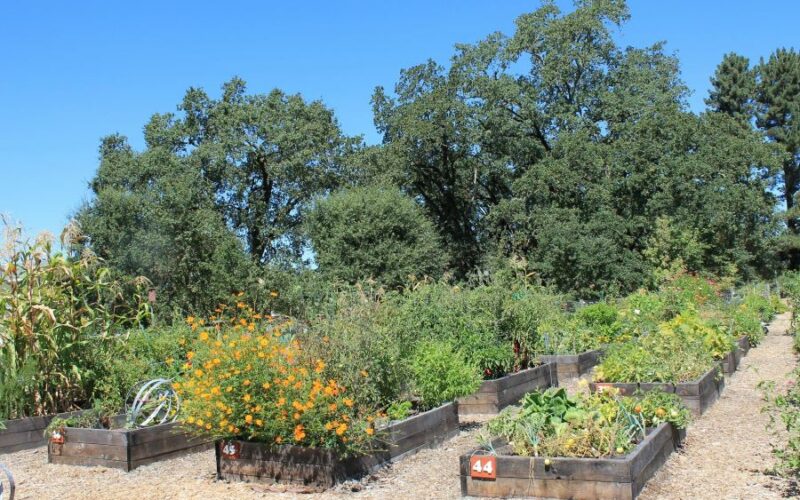
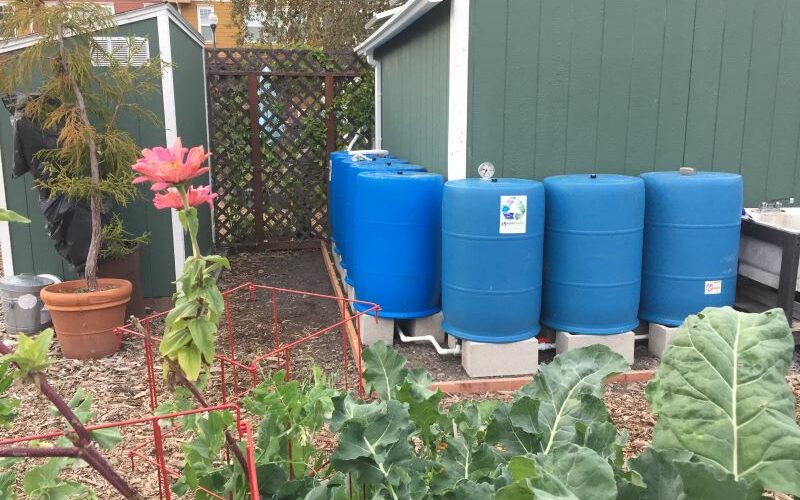
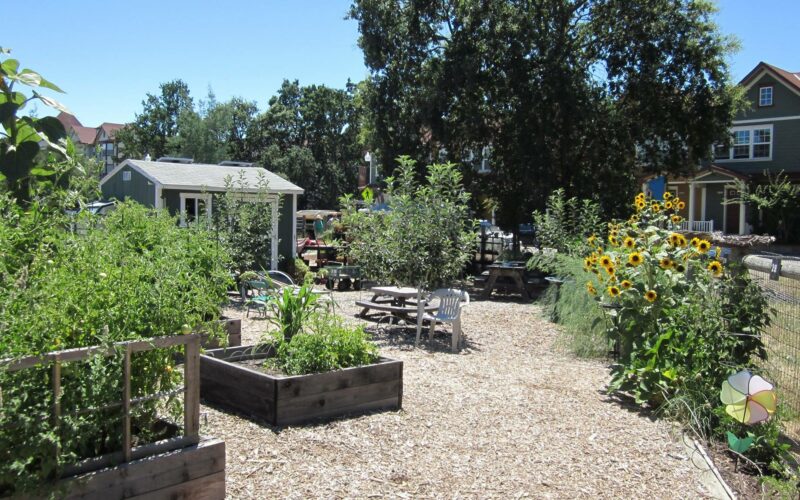
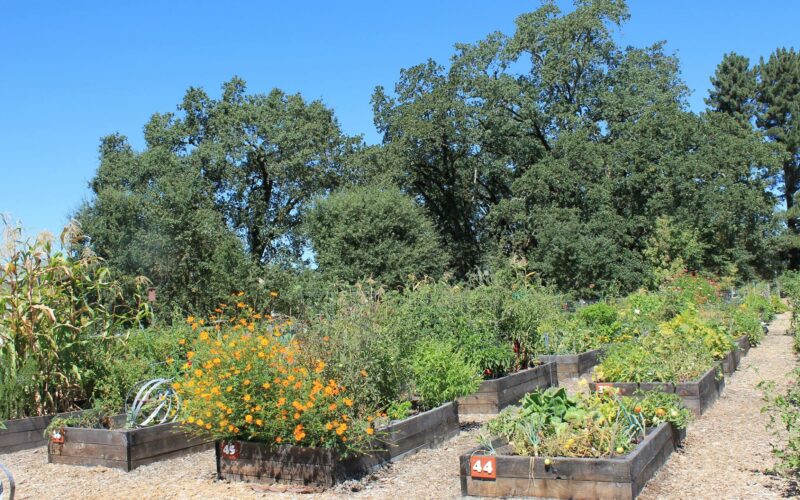
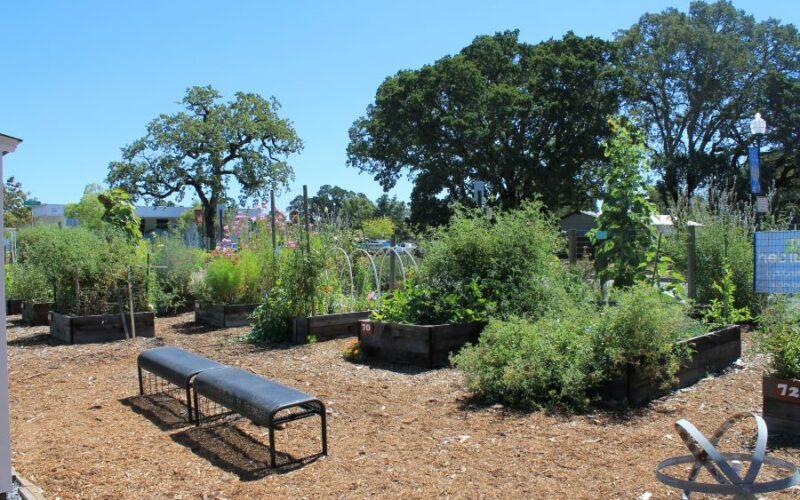
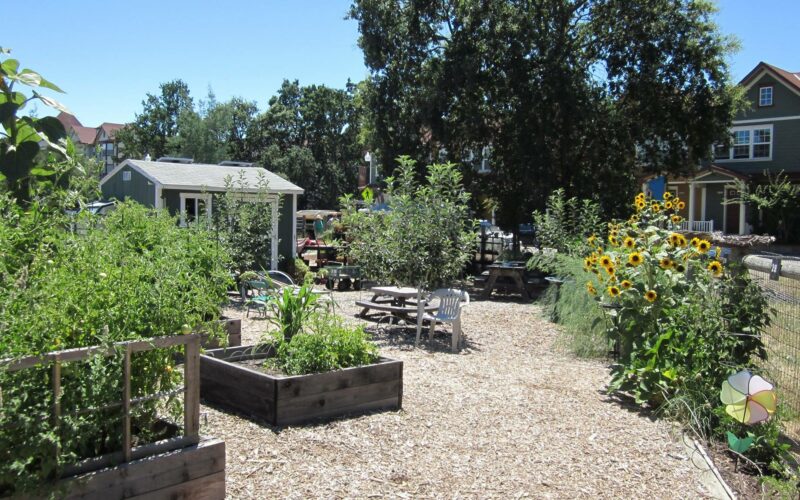
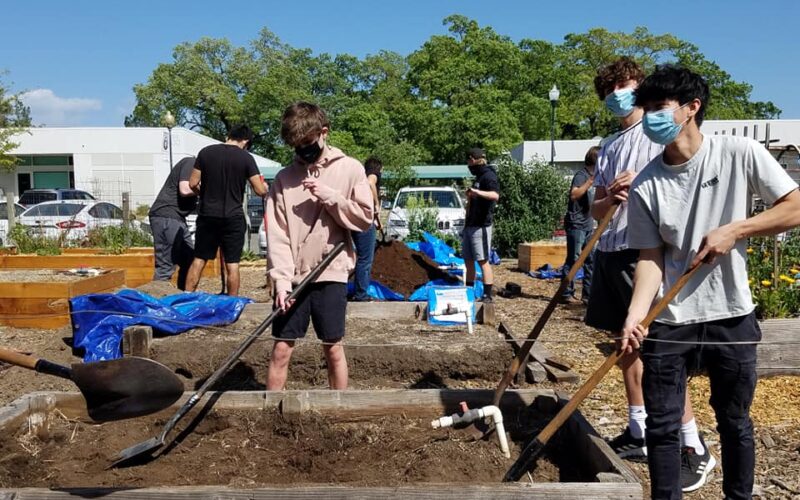
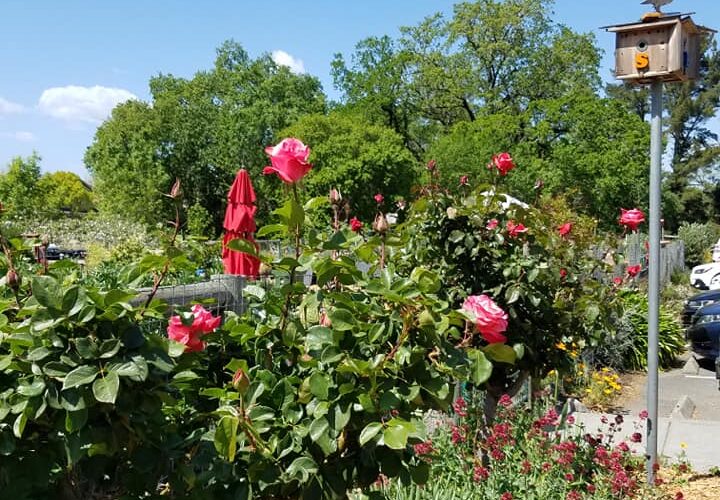
Plants in this Garden
Favorite Garden Suppliers
Cal Flora Nursery
2990 Somers Street Fulton
Prickett's Nursery
12950 Old Redwood Highway Healdsburg
